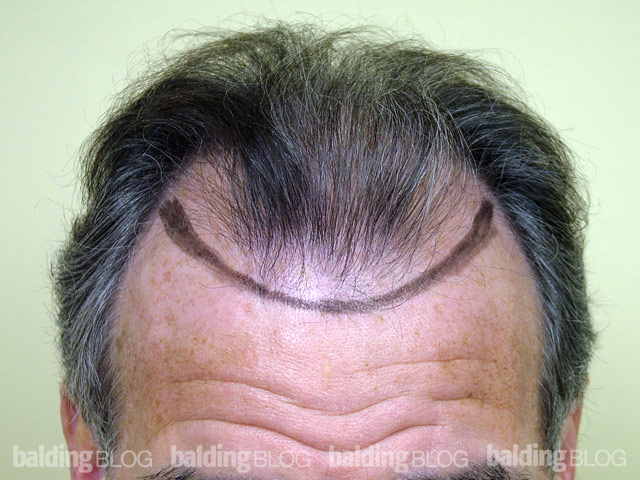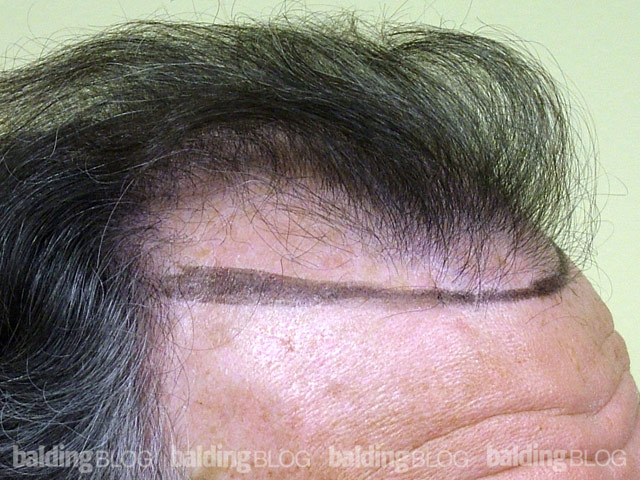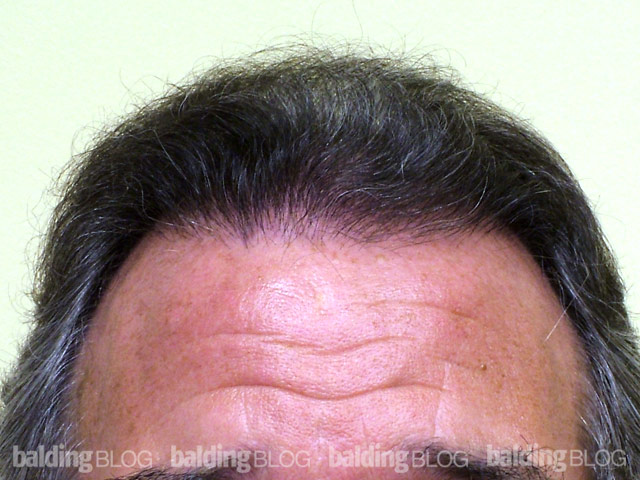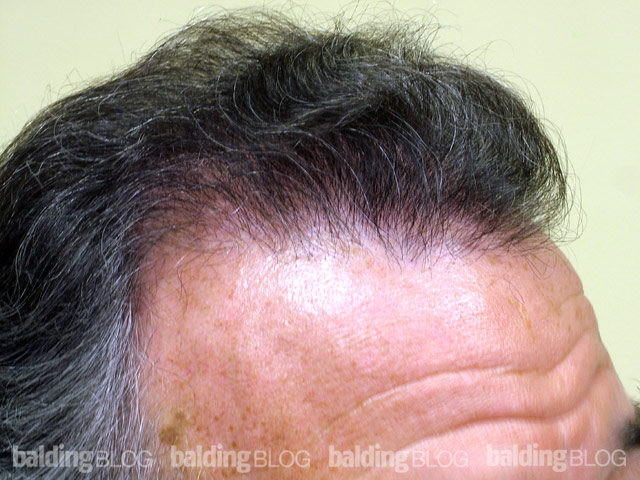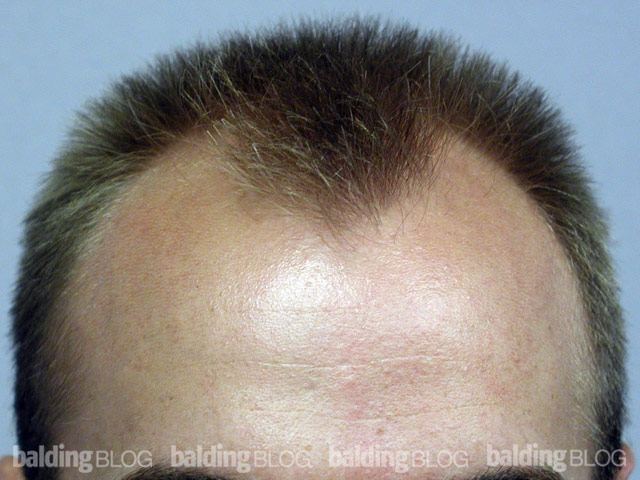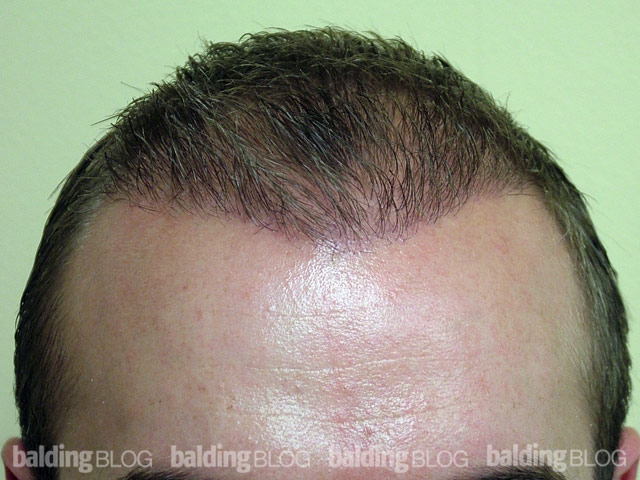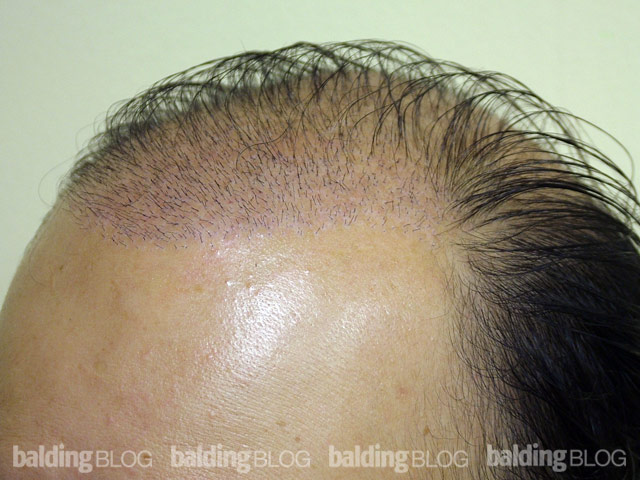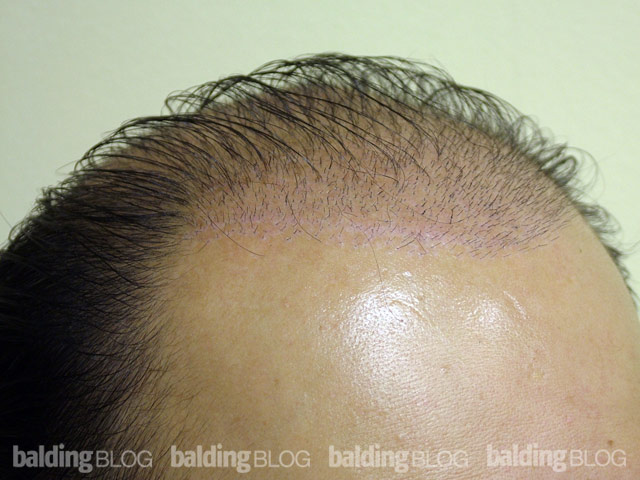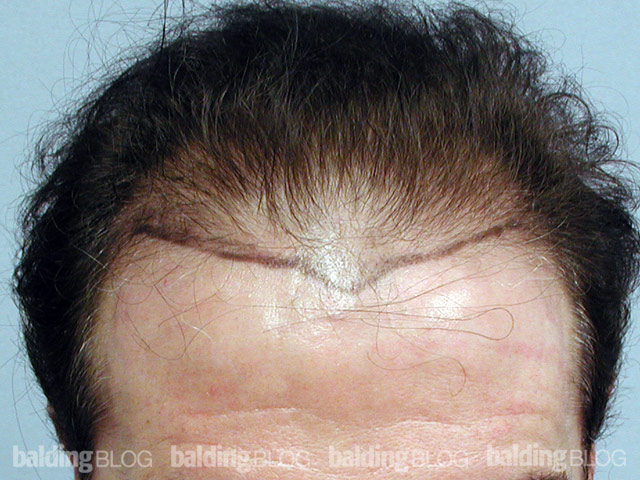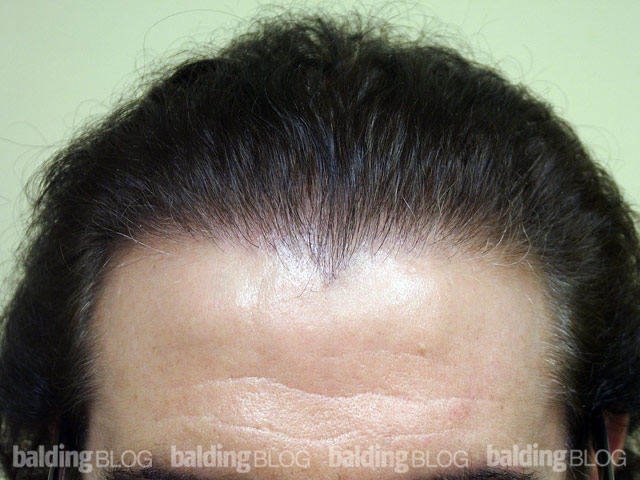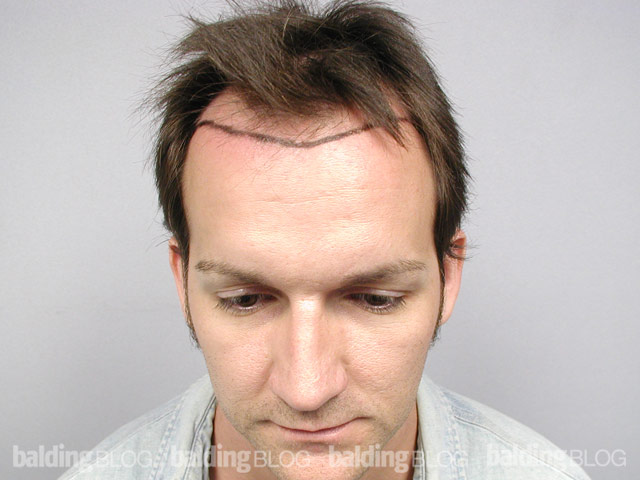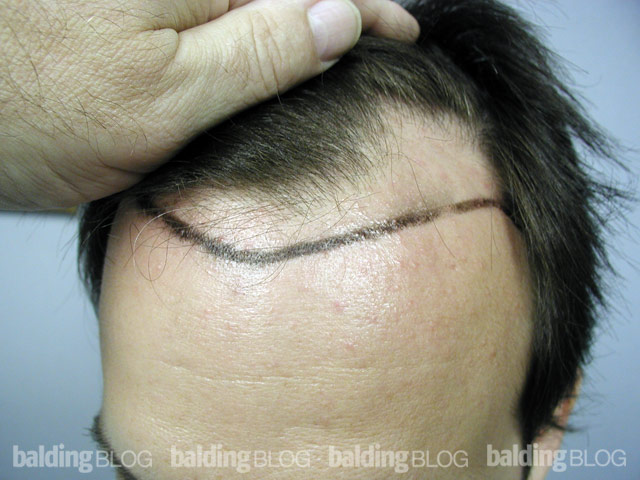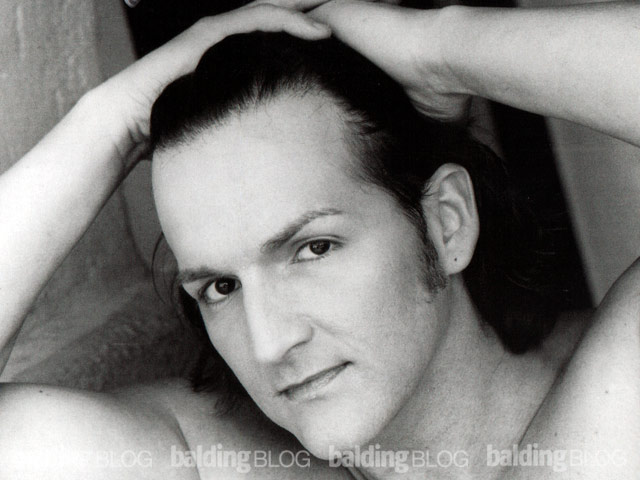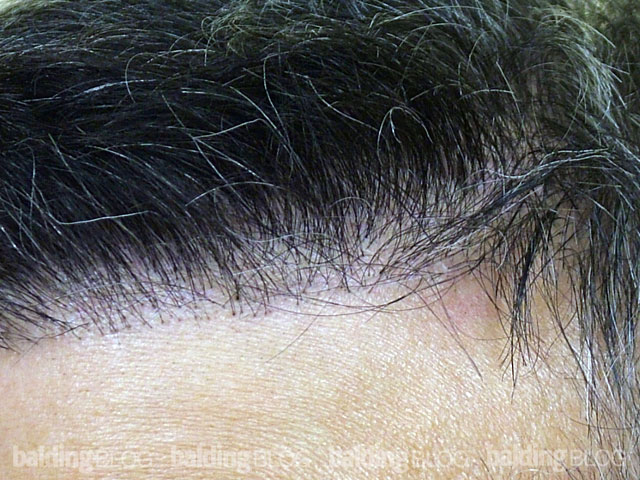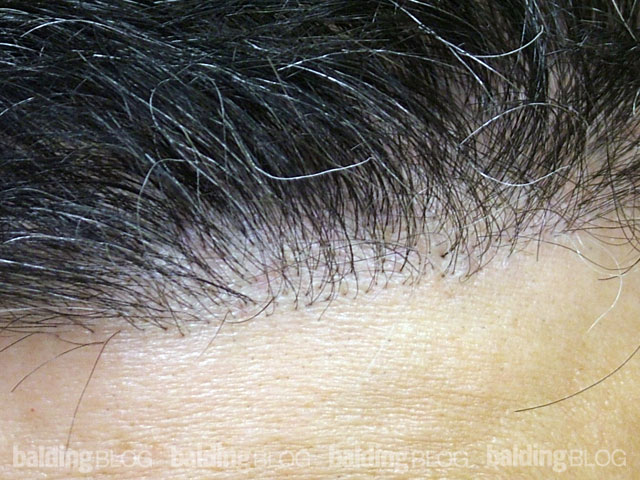I am 20 years old and I was born with a very high hairline. I have always hated it. It makes my face look less feminine. Can you help me?

Hairline location is a genetic factor. If you look at ethnicity and family patterns, you will see wide variations in hairline location. I have always noticed very low hairlines of women from the Indian sub-continent, and I have seen family patterns where the hairlines on men were just as low. My own daughter has complained about her very high hairline, but is not at the point of wanting to do something about it.
What is a high hairline and how do you know you have one that can be fixed? If you look at the profile of the forehead, you will see a vertical part of the forehead where it is perpendicular to the floor. A transition takes place as the skull curves back, changing from a vertical to more of a horizontal position. The hairline is located at the point where the transition zone occurs from vertical to ‘horizontal’. The hairline can be located at any point along this zone. The higher it is located with respect to its location in this transition zone, the larger is the forehead. I have seen foreheads where the hairlines are located on the horizontal (top, flat) side of the head. In women, this rarely reflects balding or natural recession and most women see this pattern throughout their youthful days. The hairline is part of their unique look.
There are two approaches to deal with the hairline, both producing outstanding results. These two approaches are to (1) put hair transplants into the bare forehead, essentially putting hair where it never existed before, bringing it lower to the more vertical part of the forehead, and (2) move the hairline down surgically by excising a portion of the upper part of the forehead. The two approaches are both surgical and they are distinctly different, but the end point is about the same.
Hair Transplants to Create a New Hairline Location:
The transplant approach is a slower approach, putting hair into the upper forhead and waiting until it grows out. Generally, I like to wait between 7-8 months before judging if the thickness is enough to meet the need for fullness. These transplants will look just like the normal hair. While waiting for the transplants to grow, most women will style the hair to cover the hairline until the results meet their needs. Sometimes a second procedure is necessary. Not much risk involved in this procedure, but I would suggest that those interested in the risks of hair transplant review my book (click here) for a very comprehensive overview of hair transplantation. Although much of the book reflects hair transplantation in men, there is little difference between the risks in men or women.
Lower the Hairline with Surgery:
Moving the hairline down is a reasonable goal if the scalp of the patient has some reasonable laxity (looseness) to it. People with tight scalps are generally not a good candidate for this type of surgery. The best part of this approach is that the end results are obtained at the end of the surgery (you do not have to wait for the hair to grow out) and within a week, much of the swelling and ‘black and blue’ from the surgery is gone. We call this ‘instant gratification’ which gives this approach a clear advantage over the transplant route. The surgery requires heavier anesthesia than the hair transplant approach, but it still can be done under local anesthesia. There is more numbness after the surgery than with hair transplants and the numbness can last 6 months or more. Eventually, most people return normal sensation to the hairline area.
Scars are treated with a type of incision called ‘trichophytic’ which tends to force hair to grow through the scar for camouflage purposes. The greatest risk of this surgery is the risk of scarring. Most people who have this surgery do not develop socially noticeable scars, but for a small number of people, the scar may be noticeable. If the scar becomes an annoyance, it can be covered with cosmetics and it could even be treated with hair transplantation, which is very effective to cover such scars. Any transplants that are desired to treat the scar would be relatively unnoticeable. Few people seek hair transplants for treating the scar.
Moving hairlines down in women is a very different process than moving them down in men. Women generally have a stable hairline. It is very rare for women to recede with age from genetic causes. In men, it is completely another story because in addition to a genetically high hairline which we see in boys and young men, genetics may create a progressive process of further recession. For this reason, lowering the hairline in men with a hairline advancement procedure is not a viable option, but transplants can follow a receding hairline as age and genetic factors force the hairline further back.
Framing the face is critical to beauty and balance. For those individuals with disproportionably high hairlines, the upper part of the frame is not proportionally balanced to the distance between the nose and the chin. Just like the man with a receding hairline, a disproportionably high hairline in the female impacts the youthful appearance and beauty in the western view of beauty. By moving the hairline to a position that is more proportional, the results can dramatically change the proportions of the face.




